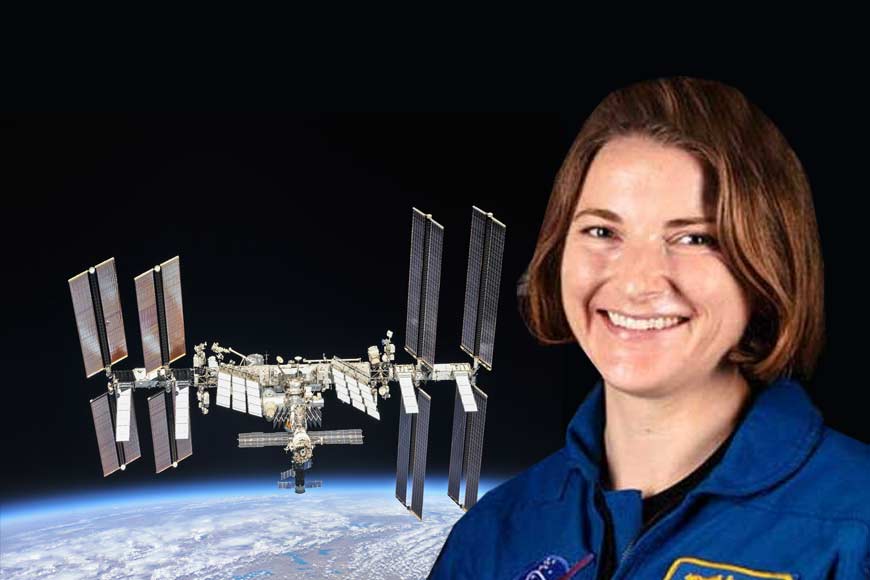Bengali scientist Uttirna Mukherjee joins mission to save International Space Station (ISS)

As the clock ticked away, Uttirna Mukherjee, working at the NASA Mission Control Center for the International Space Station in Houston, USA, along with hundreds of fellow scientists and technologists, fighting to save the International Space Station and the seven astronauts inside it.
Russia conducted an anti-satellite missile test on November 15 this year, firing it into one of its own defunct Soviet-era satellites, called Tselina-D aka Cosmos-1408, launched in 1982. The satellite smashed into Earth’s orbit and generated over 1,500 pieces of trackable orbital debris, and will likely generate hundreds of thousands of pieces of smaller debris in low-Earth orbit (LEO). The debris will remain in orbit for years and potentially for decades, posing a significant risk to the crew on the International Space Station and other human spaceflight activities.
Large, medium, and small pieces of metal scattered as soon as the satellite was hit and smashed into Earth’s orbit. In that state of masslessness 400 kilometers above the surface of the Earth (where the gravity of Earth is almost non-existent), the metal fragments are running directionless at an approximate speed of 26 thousand kilometers per hour, which is about 10 times the speed of a bullet fired from an ‘Assault Rifle-15’ model gun. The space station occupies an orbital shell that other operators try to keep clear of hardware. However, the astronauts are increasingly forced to take precautionary measures when fragments from old satellites and rockets come uncomfortably close.
The main concern at the moment for Uttirna Mukherjee and her colleagues who are working at the NASA Mission Control Center for the International Space Station in Houston is how to save the space station and the seven astronauts inside it from such a catastrophic danger. The space station has been orbiting the Earth for the past two decades, once in an hour-and-a-half, 15 to 16 times in 24 hours. Mukherjee and her colleagues are extremely concerned as they are in constant touch with the astronauts, directing them to take precautionary measures to avert disaster.
In her mid-30s, Mukherjee’s journey has been a long one from Nagerbazar in North Kolkata, to Abu Dhabi where her family moved to NASA. She was born in Kolkata and started her schooling here. After high school she studied in a college under Sorbonne University. Meanwhile, her father was transferred to the US and the family moved along and relocated to the US. Since childhood, Mukherjee dreamt of becoming an astronaut and she was keen to study engineering. She graduated from Texas Southern University. After doing her Masters, she did her PhD in Astronomy. While planning to do a postdoctoral fellowship, she was offered a job at the Flight Director's Office at NASA's Mission Control Center in Houston. That was the beginning of her career at NASA.
More than 13,000 satellites have been sent into space since 1958 when space exploration was initiated by mankind. Of those, 6,000 satellites are still in different orbits of the Earth and 5,000 of them are still in operation. Everything else has become space garbage. Space junk is a rapidly worsening situation. Sixty-four years of activity above our heads means there are now roughly a million objects running around up there uncontrolled in the size range of 1cm (0.4in) to 10cm. After reaching so high, it is not possible to retrieve them. An impact from any one of these could be mission-ending for a vital weather or telecommunications satellite. Nations need to be clearing up the space environment, not polluting it still further. Mukherjee is concerned about the future and what this race for supremacy in the space by feuding countries will lead to.










